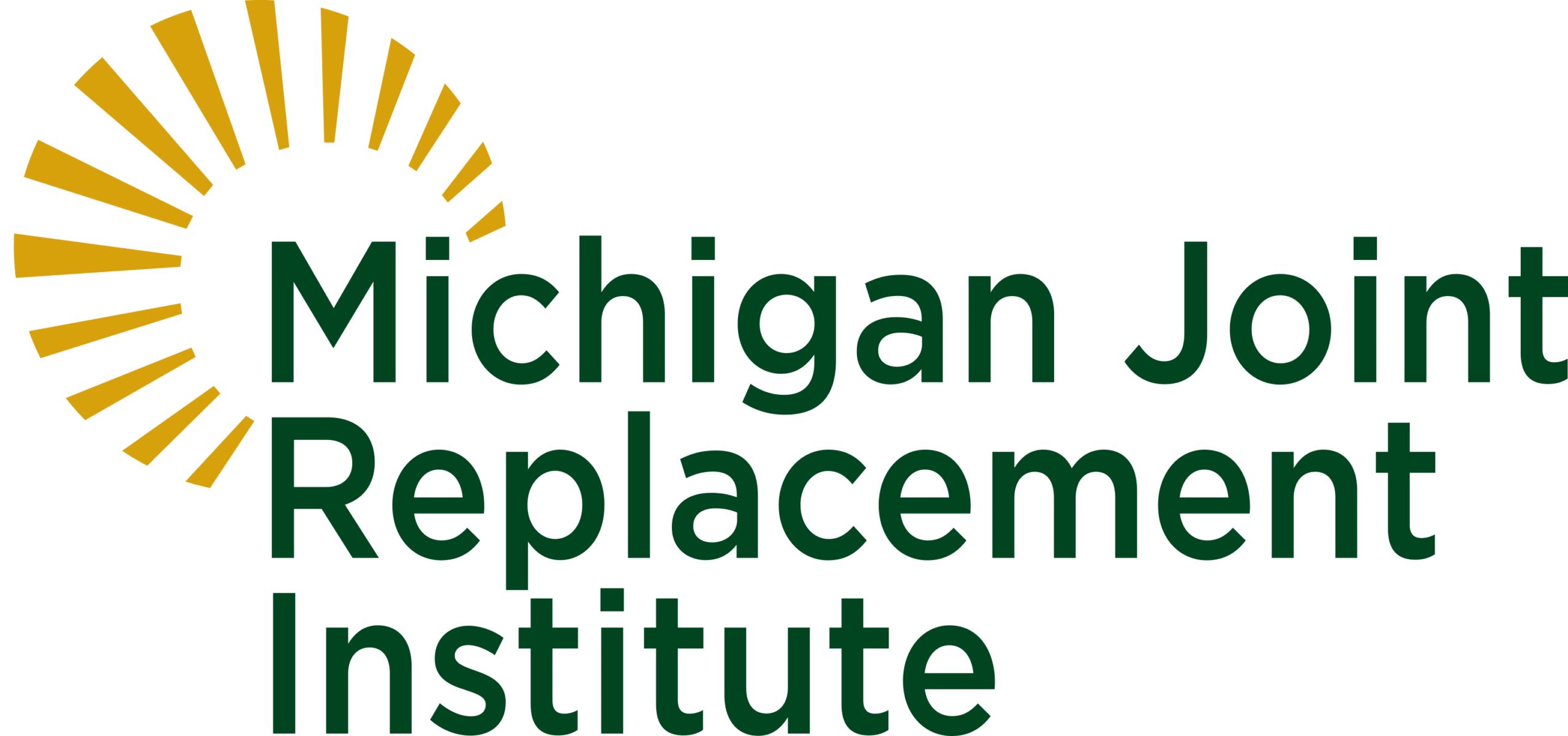A Guide to Diagnosis and Treatment
An acetabular fracture, a break in the hip joint’s ball-and-socket structure, typically results from high-impact injuries. Understanding its causes, symptoms, and treatment options is vital for effective recovery.
Identifying Causes
Acetabular fractures often stem from traumatic events such as automobile accidents, falls from heights, or conditions like osteoporosis that weaken bones. Recognizing potential risk factors can aid in prevention and timely intervention.
Recognizing Symptoms
Symptoms of an acetabular fracture encompass pain, swelling, bruising, and even tingling sensations or weakness due to nerve damage. Prompt medical attention is crucial to prevent complications and facilitate proper healing.
Diagnostic Approach
Diagnosis involves a comprehensive assessment, including medical history review, physical examination, and imaging studies such as X-rays, CT scans, and MRI scans. These tests provide essential insights into the extent of the injury, guiding treatment decisions.
Exploring Treatment Options
Treatment strategies vary based on the severity of the fracture and the patient’s overall health. Non-surgical approaches may include pain medications, physical therapy, and positioning aids to support the affected leg. In cases where conservative measures prove insufficient, surgical interventions like total hip replacement or open reduction and internal fixation (ORIF) may be recommended to restore joint function and stability.
Navigating Surgical Procedures
Total hip replacement involves replacing damaged hip components with artificial implants, while ORIF entails surgically realigning fractured bones and securing them with internal fixation devices. Traction methods, including skin and skeletal traction, may also facilitate proper bone alignment and healing.
Comprehensive Care for Optimal Recovery
At Michigan Joint Replacement Institute (MJRI), our multidisciplinary team is dedicated to providing personalized care tailored to each patient’s unique needs. From accurate diagnosis to advanced surgical interventions and rehabilitative support, we prioritize excellence in hip fracture management, empowering patients to regain mobility and quality of life.



